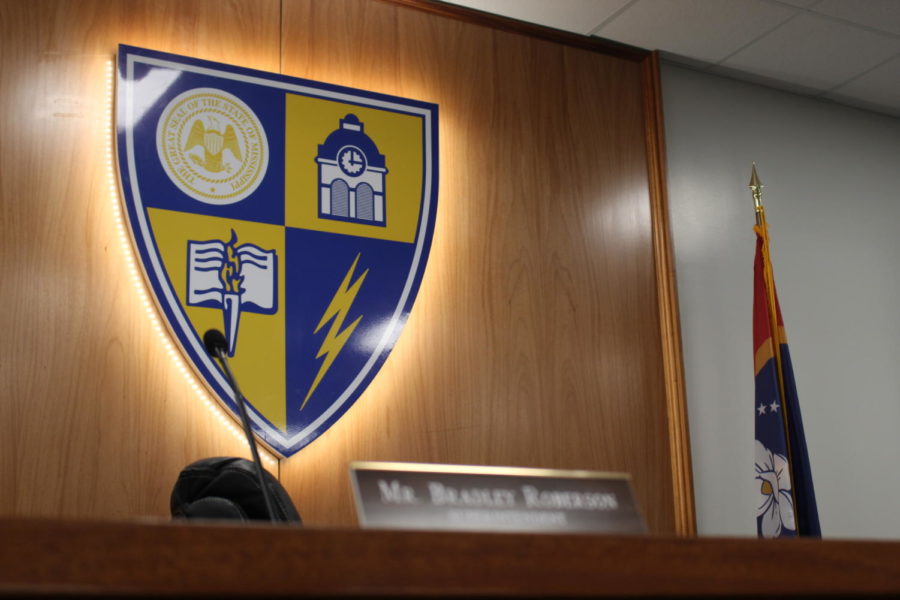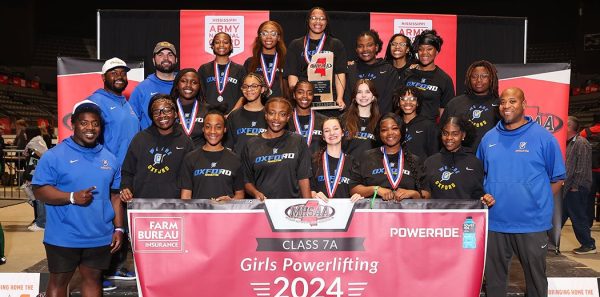OSD dress code debate
OSD Parents and Students have many grievances with enforcement of revised policy
September 1, 2022
On August 2nd, the second day into the Oxford High School’s 2022-2023 academic year, many parents and students received a district-wide email informing us of the change in dress code enforcement. These new enforcement standards were to reduce the number of violations to the district’s dress code which had been updated prior. While the dress code changed nearly three years ago, students have seen that the district has just now fully enforced it to the level the policy was written. Unfortunately, this new enforcement has sparked controversy and division between our student body and the administration.
With a lot of the dress code and its policy left up for interpretation, students such as senior class secretary Fikir Beyene feel as if the dress code is not being enforced in a fair and equitable manner.
“It is completely disproportionate,” Beyene said. “A lot of the images that have been coming out of our high school show that students that are being dress coded are almost only female students, just because our clothing is deemed, more of a ‘disruption’ than men.”
It seems that this is a common outlook among the students of OHS. Many, such as sophomore Tommy Nichol, feel that this enforcement and policy has targeted female students.
“I think that this policy discriminately targets a lot of people at school, primarily those you know, being females. A lot of people are having problems with this,” Nichol said. “I’ve gone into classes where you see dudes wearing you know, say for instance shorts that obviously would not fly, and they don’t get dress coded, a and then you see girls that are wearing shorts that are fine and that don’t cause any disruption at all, and they do get dress coded. I think that in the targeting and in the implementation of this, it is adversely affecting girls.”
The impact of this dress code has reached parents and families of OSD as they share what they have experienced with this policy and how it is affecting their children. The biggest upset across many families, such as Stacey Monteleone and her family, is the fact that they have seen the majority of the dress code violators be female.
“What I can say is that the code is clearly written to cover female bodies and does not take into consideration societal norms, and female norms,” Stacey said. “The code is written specifically to avoid midriffs, to avoid short shorts, avoid skirts, and to avoid shoulders, and those are all things that are specific to females really not to males.”
Another concern voiced by the students during is a lack of consistency in what would be considered wearable by the administration. Beyene mentioned that students were never supplied with a definition from the district of what is deemed as “distracting” clothing.
“I think that’s the key issue because everything in that dress code is so subjective, like the definition of midthigh or disruption is never explicitly defined by anybody in our school district,” Beyene said. “That is putting the burden on us, the students, to not only define these terms but also to figure out whether or not we are within those definitions.”
While there is no supplied district definition for the verbiage of “midthigh” or “distracting clothing,” many criticize this policy for its open interpretation, leaving it for the staff and administrators to decide and judge the students. David Monteleone, OHS parent mentions that students are still unsure of what is permissible due to lack of communication throughout the district.
“I do know that from my perspective, the enforcement so far has not been able to set a clear standard, and it seems like that the majority of what is happening, at least in the high school, is that they are targeting the girls,” Monteleone said.
Some parents such as OIS parent Tracy Cilburn also complain that since there has not been a recognizable standard set for students, some dress code rulings conflict from staff member to staff member.
“She (her daughter) has been dress-coded three times this week,” Cliburn said. “She was dress coded by a teacher, not knowing that the principal had already approved her outfit.” Tracy brought up a point that some dress code rulings have conflicted with each other, showing more of the subjectivity of the enforcement.
Sophomore Sofia Cohn mentions how students with different body types/sizes can be affected by this policy and its enforcement of the student population.
“I think it is unreasonable because personally, I think that the dress code can be inconsiderate of different people’s body types,” Cohn said. “ I am 5’ 10” and it’s almost impossible to find shorts that are mid-thigh, like what would be midthigh on another girl would not be mid-thigh on me.”
Cohn is also unhappy with the fact that students such as herself are missing instructional time in order to be dress coded.
“I was in Spanish class, we were in the middle of an assignment, and I got called up to the front office, me and another girl,” Cohn said. “And then I went back to class, and I had to ask a
friend for help with the assignment because I had been pulled away.”
Rumor of protest against dress code policy was received by the administration the Thursday following the start of enforcement of the code. As a response to this speculated protest, many students involved in activities received an announcement by their coach/advisor that students would suffer the consequence of being dress coded or protesting that Friday. Nichol, a member of the debate team, felt the repercussions of this threat.
“We were informed that we would not be able to attend our most major tournament this calendar year if we were to be dress coded or if too many of us were to be dress coded, then none of us would be able to attend that tournament,” Nichol said.
Even though there seems to be no change in course for this dress code, our district has not made any statements of planned revision. Fortunately, our Student Government is helping to voice and convey the grievances and is proposing a new dress code that would be equitable for our OHS student community.
“I hope that we are able to meet the standard of excellence that our school has set for us by actually being able to be in the classrooms and prioritizing education over all other things,” Beyene said.














